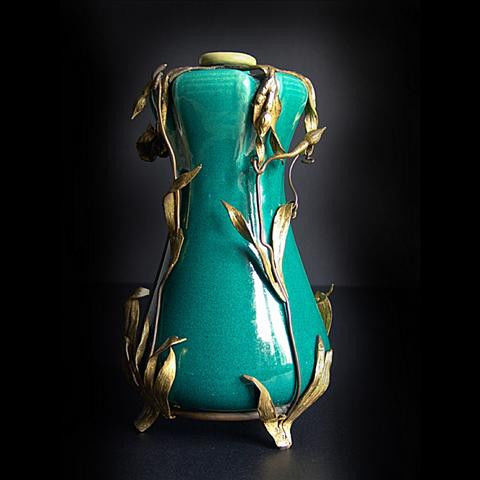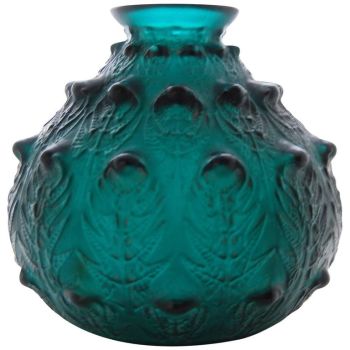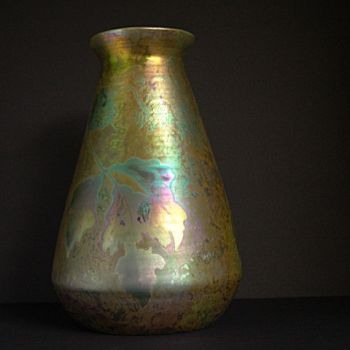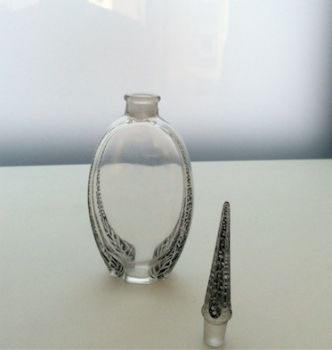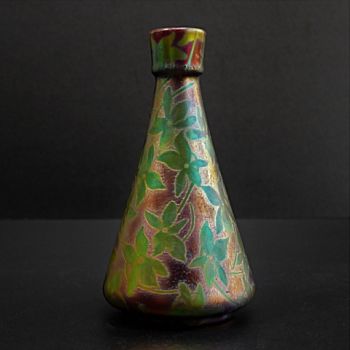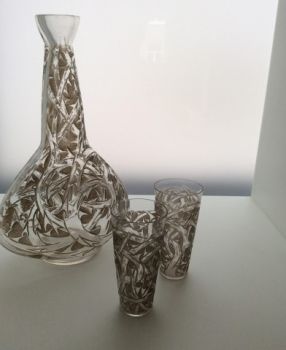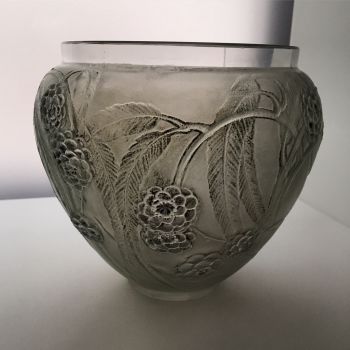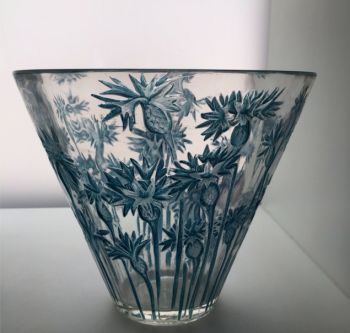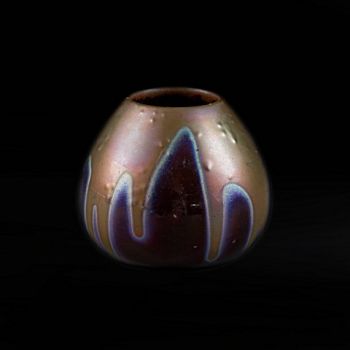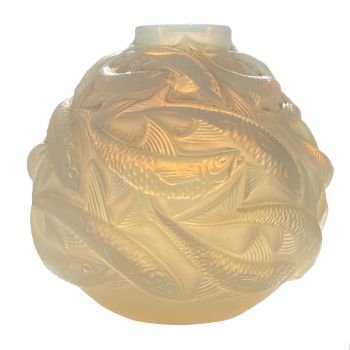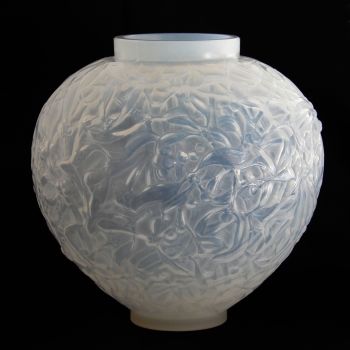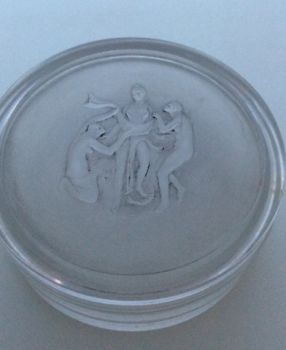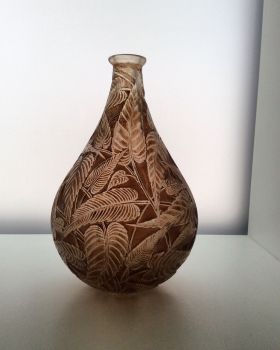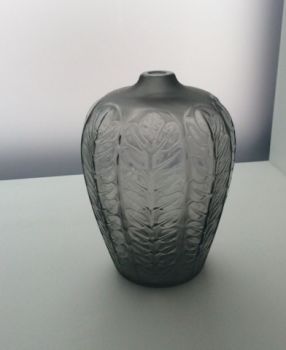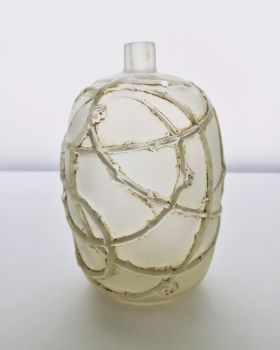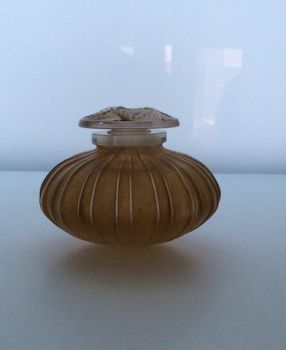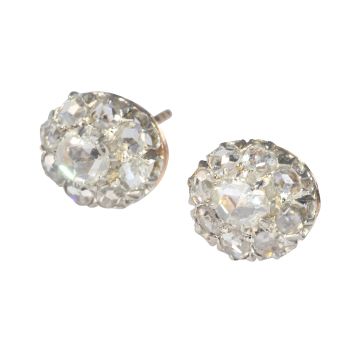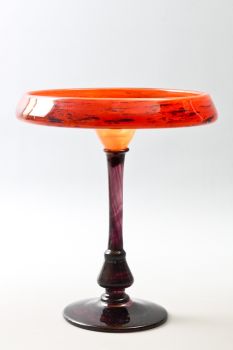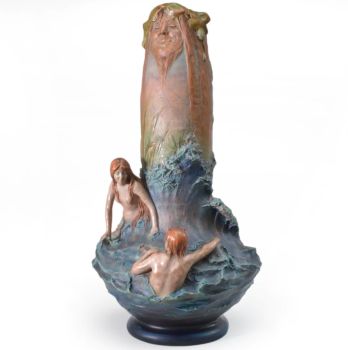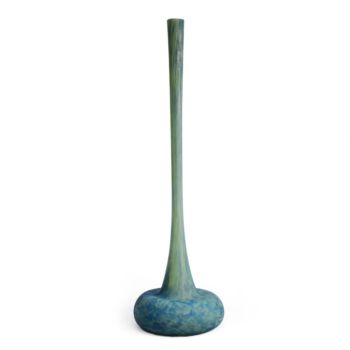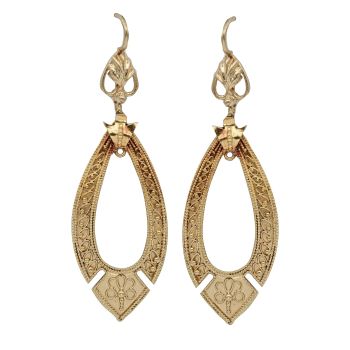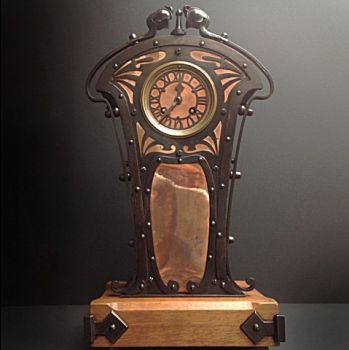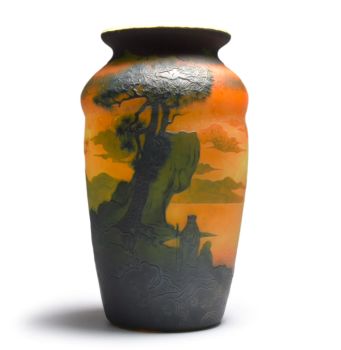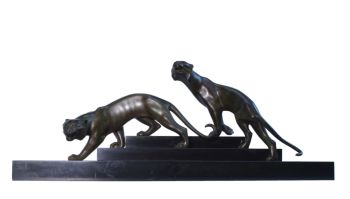Take me back to the Fin de Siècle: A look inside 'Het Ware Huis'.
On October 8th 1997, Ger and Suus Stallenberg officially opened the doors to Het Ware Huis. For almost twenty years, Het Ware Huis has been one of the top galleries specializing in Art Nouveau and Art Deco in the Netherlands. Gallerease spoke to Ger, art dealer and artist himself, to find out where it all began and what inspires his own artistic practice.
Ger’s passion for the decorative arts and design started at a very early age:
“Looking back, you could say that I have been a fan of Art Nouveau architecture from a very young age. I grew up in Maastricht where there used to be a Grand Bazar in the center of town, built in Art Nouveau style.The stairs were my favourite part. It’s unbelievable that something so historically important was demolished during the seventies. It just goes to show how reviled the style from around the 1900’s had become.
When I was studying at the art academy in Tilburg (from 1974-1979), I used to search for books about Art Nouveau or containing pictures of Art Nouveau works. The teachers there regarded Jugendstil as high-minded kitsch, so I had to do it secretly. Luckily, I have always followed my own heart and path.”
Interior of the Grand Bazar in Maastricht, anno 1900.
That path was certainly the right one, seeing as Het Ware Huis is celebrating it’s 20th anniversary this year. In Dutch, the name has multiple connotations. It can be read as a warehouse, but it also means ‘true house’, which is how it actually began:
“1997 was the year that we found our true house, and because there was also a 100m2 shop attached to it, Suus and I were able to tie some lose ends together.
First of all, it was a home for us and our two children, Jasper and Kris, who were 4 and 2 at the time.
Secondly, I created a nice studio there, because I was still mainly working as an artist and selling my paintings through galleries all over the Netherlands.
Thridly, we began to fill the shop with truly beautiful objects, which still qualified as a rather broad category back then. Aside from my own paintings, we exhibited works by other contemporary artists as well as furniture, decorative art, and design from the period in-between 1890-1940.
From the get-go, our focus lay on French and German design, but we sold the occasional reproduction, some postcards and contemporary yet affordable design to keep the threshold as low as possible. On top of that, we also offered a framing service. After many years, what remained were my artworks and the art nouveau and art deco, so we decided to cease all of our other pursuits.”
Ceramics by Clement Massier.
Nowadays, the Ecole de Nancy and Ecole de Paris are well-represented at Het Ware Huis, as well as French Art Deco. Aside from that, the gallery offers more French decorative art and design including lighting, an important collection of lustreglaze ceramics by Clement Massier, bronze and terracotta sculptures, glass by Emile Gallé, Daum, and René Lalique, and enameled vases by Camille Fauré.
But the collection also contains sculptures by Austrian artists, Jugendstil from Germany, a few cabinets and lanterns from Italy, some Arts and Crafts from England, an egg-shell porcelain vase by Rozenburg from Den Haag and a clock by Stoffels, only to name a few.
Before adding the profession of being an art dealer to his resume, Ger had already been exhibiting his own work for a long time, as of 1984:
“Being an artist is not a job, it's an ongoing process. Meanwhile, I have found a good balance between spending about half of my time on creating oil paintings and the other half on gathering objects for the gallery.
I have to confess though that a large part of my spare time also goes into my love for the decorative arts… I’m glad that my passion for Art Deco and Art Nouveau introduced me to the art business.
As a result, I leave my studio to go on the road where I meet other enthusiasts and clients, after which it is always nice to return to my quiet space.”
Ger Stallenberg, Far Reaching, 2016, 122 x 122 cm.
Ger's own artistic practice and the love for design and the decorative arts thus go hand in hand:
“Even though the art nouveau style is not directly recognizable in my paintings, I do believe that some of its principles have inspired my work.
First and foremost, nature is the most important theme in Art Nouveau, and I paint imaginary landscapes. But the connection to Art Nouveau lies more in revealing the mysteries of life through taking a different approach to nature.
Art Nouveau artists used plants, flowers and organic structures to depict nature’s creative powers, emphasized through swirling, rippling and wavy motives that mimic the miraculous flow of life. This ‘fin du siecle’ psyche is exactly what drives me, without tempting me to imitate art nouveau.
Clement Massier’s picturesque enameled vases did however inspire my work more directly, due to his use of material and colours and especially the mysterious power that is captured within the metal-oxide glazing.
I greatly admire artists such as Fernand Knopf, Alphonse Mucha, Carlos Schwabe, George De Feure and Lucien Levy Dhurmer, but their specific themes and approaches are far more typically art nouveau.”
His imaginary landscapes are therefore strictly a product of his own mind and creativity:
“To paint these imaginary landscapes, I travel inwards in the hopes of ending up in a place where my individual observations might transform into a universal perception. If I manage to paint a landscape that resonates with a person because it brings up memories of a special experience or something once envisioned, I know I have succeeded. I paint the very thing you can’t photograph but which you can experience.
How amazing would it be if this experience is something so universal that people from another era or perspective can also share it. Good art always has something timeless about it."
For an out-of-this world experience, visit Het Ware Huis in Lage Mierde. For more works online visit Het Ware Huis at Gallerease.



